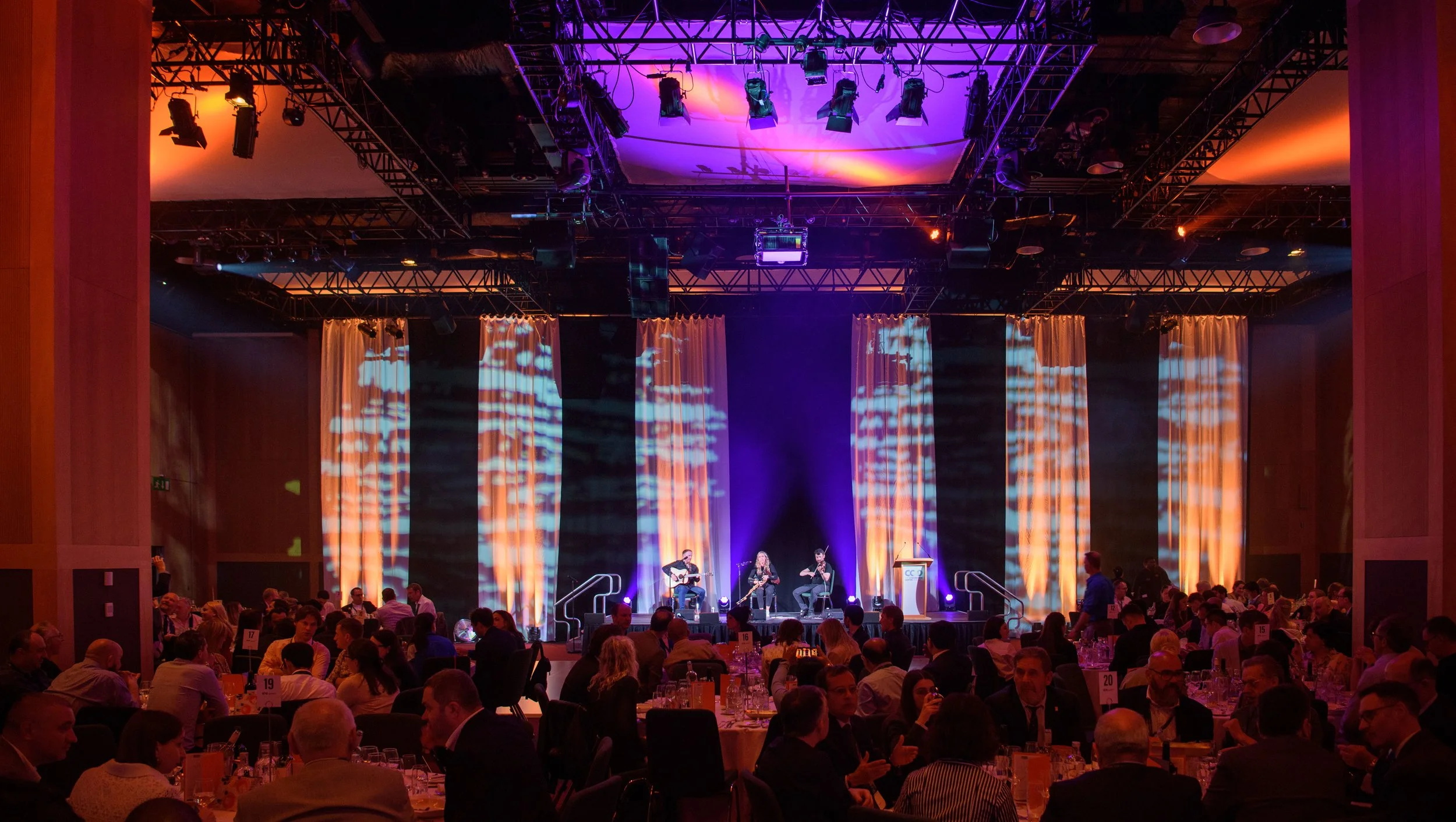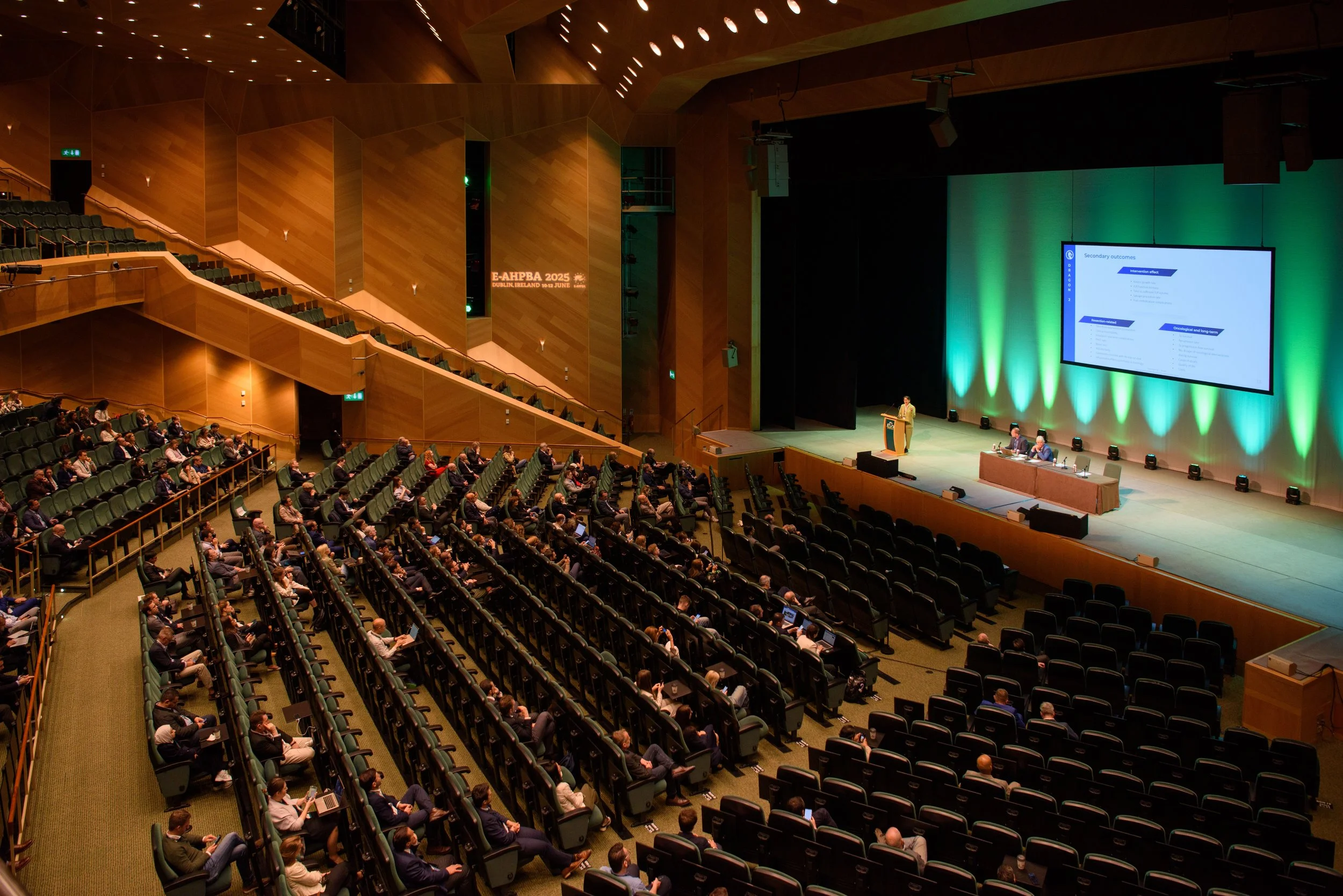What to Expect from Your Conference Photographer: A Behind-the-Scenes Look
Hiring a professional conference photographer isn’t just about getting a few snapshots of people at the podium. It’s about documenting the energy, professionalism, and narrative of your event in a way that tells a compelling visual story. Whether you’re organizing a corporate summit, industry conference, product launch, or multi-day trade show, knowing what happens behind the lens can help you get the most from your investment.
In this post, we’ll take you behind the scenes of what it’s really like to work with a professional conference photographer—before, during, and after your event.
Before the Event: Planning and Preparation
Great photography begins long before the first guest walks through the doors. A professional photographer will start with a pre-event consultation—either via call or in person. During this discussion, we typically go over:
The event schedule and key moments (keynotes, breakout sessions, award ceremonies, networking)
VIPs or speakers who need special attention
Branding elements you want captured (step-and-repeats, signage, branded merchandise)
Your goals for the photos (social media, PR, internal comms, future marketing)
Venue specifics like lighting, access, and layout
This stage is critical to aligning expectations and ensures nothing important gets missed. Some clients even share past event photo galleries to show what they like (or don’t).
As photographers, we also do our own prep work: scouting the venue (when possible), prepping gear (multiple camera bodies, lenses, flashes), and syncing with your AV or production team if needed.
During the Event: Discreet, Strategic, and Always Moving
On event day, your photographer becomes part ninja, part journalist, part creative director. The job involves much more than pressing a shutter button. Here’s a breakdown of what’s happening behind the scenes while the event unfolds:
1. Arriving Early and Getting the Lay of the Land
We typically arrive early to:
Capture setup shots for context
Check lighting conditions
Assess stage angles and crowd flow
Coordinate with event staff and AV crew
These first impressions help shape how we’ll move through the space all day.2. Capturing the Must-Haves
Every conference has its must-haves:
Keynote speakers
Panel discussions
Candid audience reactions
Networking moments
Exhibitor booths or sponsor activations
Branded materials and signage
As photographers, we work with a shot list in mind, but we’re also scanning constantly for unscripted moments—applause, laughter, deep conversations, even quiet reflections.
3. Blending In
A good event photographer knows how to blend into the background. We’re not intrusive, and we don’t interrupt the flow. Many of the best shots come when attendees don’t realize they’re being photographed. That’s how we capture authenticity.
We move through crowds respectfully, adjust positions silently during talks, and avoid drawing attention—especially in intimate or serious moments.
4. Adapting to the Unexpected
No two events are alike. Lighting can be unpredictable, speakers may go off-script, or schedules might shift. A professional photographer is always adapting—switching lenses, adjusting settings on the fly, or even running between rooms to catch simultaneous sessions.
We’re also thinking ahead: Where will the speaker walk? Where’s the best backlighting? What’s the cleanest background? These rapid decisions happen constantly, even while shooting.
After the Event: Curation, Editing, and Delivery
Once the applause fades and the venue empties, the real work begins—editing and curating hundreds (sometimes thousands) of images.
1. Sorting and Culling
We carefully go through every image, removing duplicates, out-of-focus shots, or awkward expressions. This ensures only the best moments make it into your gallery.
2. Editing for Consistency
Event photography editing isn’t about heavy retouching—it’s about creating a consistent, polished look across your gallery. That includes:
Adjusting exposure and white balance
Correcting lighting or color inconsistencies
Cropping for composition
Removing distractions (like an exit sign or stray coffee cup)
We aim to preserve the natural feel of the event while ensuring the images are clean, vibrant, and professional.
3. Fast Turnaround
For many clients, time is critical—especially for press releases or social media recaps. Depending on the package, we often deliver a same-day or next-day preview gallery for immediate use, followed by the full gallery within a few business days.
4. Organizing the Final Gallery
You’ll receive your final images in a clearly organized, easy-to-access gallery—often categorized by session, speaker, or day. All high-resolution and web-sized versions are ready for download and sharing.
Some photographers also offer:
Branded watermarks for social sharing
Custom photo books or recap videos
Private galleries for VIPs
What Makes a Great Conference Photographer?
If you’re wondering how to choose the right person for the job, here are a few qualities that set professionals apart:
Attention to detail – from lighting to composition to timing
Experience with live events – fast decision-making and problem-solving
Communication skills – clear, responsive, and easy to work with
Adaptability – managing changes, tight spaces, or fast-paced environments
An eye for storytelling – capturing the vibe, not just the agenda
When you hire a conference photographer, you're not just paying for photos—you're investing in someone who can capture the heart and energy of your event, often in split-second moments.
Final Thoughts
Whether you're hosting a 50-person leadership retreat or a 5,000-person convention, the role of a conference photographer is far more dynamic than it may appear. From pre-planning to post-production, it’s a blend of logistics, art, and fast-paced execution.
The end result? A powerful collection of images that helps your event live on—through press coverage, social media, internal communications, and marketing campaigns for years to come.
If you're planning an upcoming conference and want to ensure it’s documented professionally, let’s connect—I’d be happy to help bring your event story to life through compelling, high-impact photography.



